Anti-Money Laundering is one of the most resource-intensive areas of compliance. Banks and financial institutions are under constant pressure to detect suspicious activity, reduce false positives, and meet evolving regulatory expectations. The engine behind all of this is the ability to generate and tune detection scenarios. Without that capability, AML programs either drown in noise or miss the signals that matter.
At its core, AML is about pattern recognition. Scenarios define what “suspicious” looks like—whether that’s a sudden spike in international transfers, unusual cash deposits, or complex layering of transactions. But financial crime evolves quickly. Criminals adapt to detection methods, and regulators adjust expectations in response. That means yesterday’s scenarios may not catch tomorrow’s risks.
This is where tuning becomes critical. Tuning is the process of refining detection scenarios so they generate meaningful alerts without overwhelming compliance teams with false positives. For example, if a scenario is triggering on every wire transfer above a certain threshold, tuning might involve layering in customer risk ratings or geographic risk factors so alerts focus on genuinely unusual behavior. The difference is not just efficiency. It’s the ability to focus investigative resources on the cases that matter.
SureStep’s experts have helped some of the world’s largest banks build this capability. In practice, that means not only creating effective scenarios but also establishing governance structures for how they are deployed, reviewed, and retired. For one global institution, our team designed a repeatable tuning process that cut non-productive alerts by over half within months. For another, we implemented a scenario lifecycle framework that allowed the compliance team to move from a six-month deployment cycle to making meaningful changes in just weeks. These results come from experience across Fortune 100 banks as well as smaller institutions, giving our team the perspective to know what works at scale and what regulators expect to see.
The institutions that succeed in AML are those that can adjust quickly. If it takes half a year to design, test, and deploy a new scenario, you are always behind the criminals. If you can tune scenarios in weeks or even days, you can adapt your defenses in near real time. That agility is what regulators increasingly expect to see, and what SureStep helps clients build into their AML programs.
The lesson is simple. AML compliance is not just about having a detection system. It’s about how quickly and effectively you can shape that system to reflect new risks. Scenarios are where compliance lives or dies, and tuning is what keeps it alive.
If your institution is struggling with alert fatigue or slow adaptation to regulatory changes, SureStep can help. Our experts have built scenario governance programs for some of the biggest banks in the world, and we know how to translate that experience into frameworks that work for your institution. Scenario tuning is where precision meets agility—and where compliance transforms into resilience.








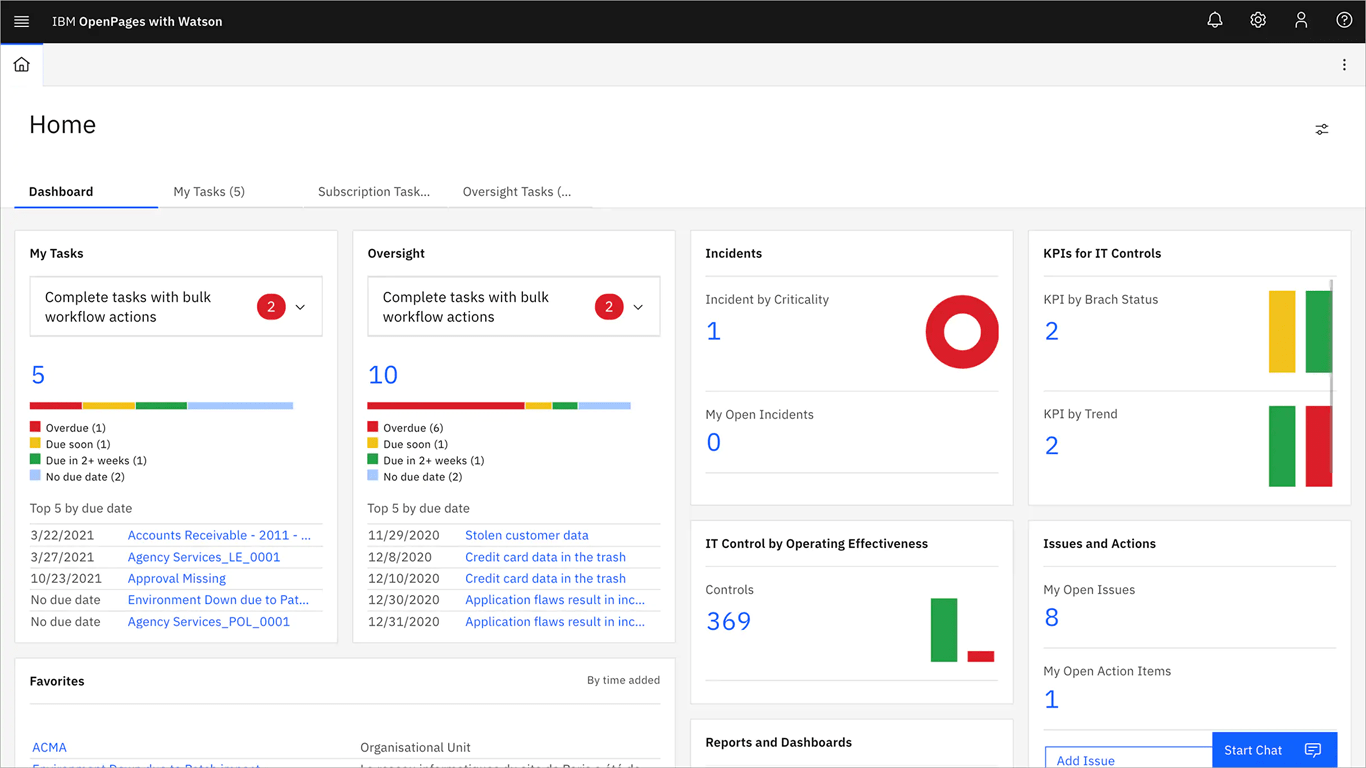


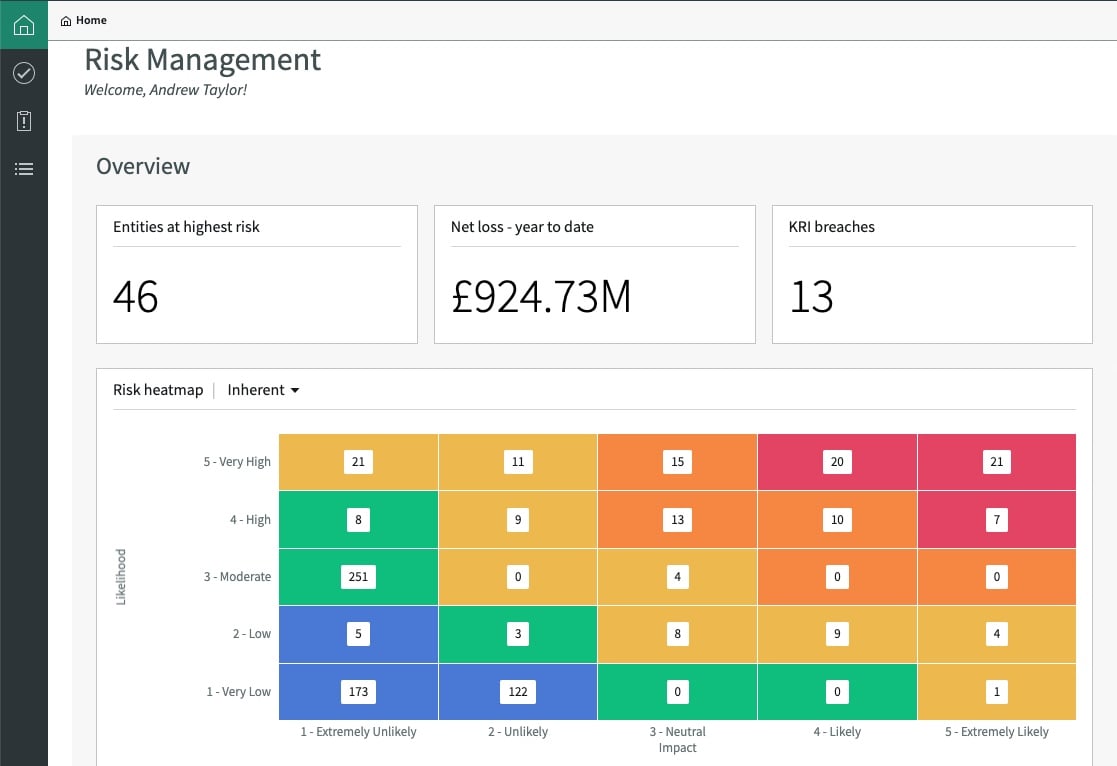







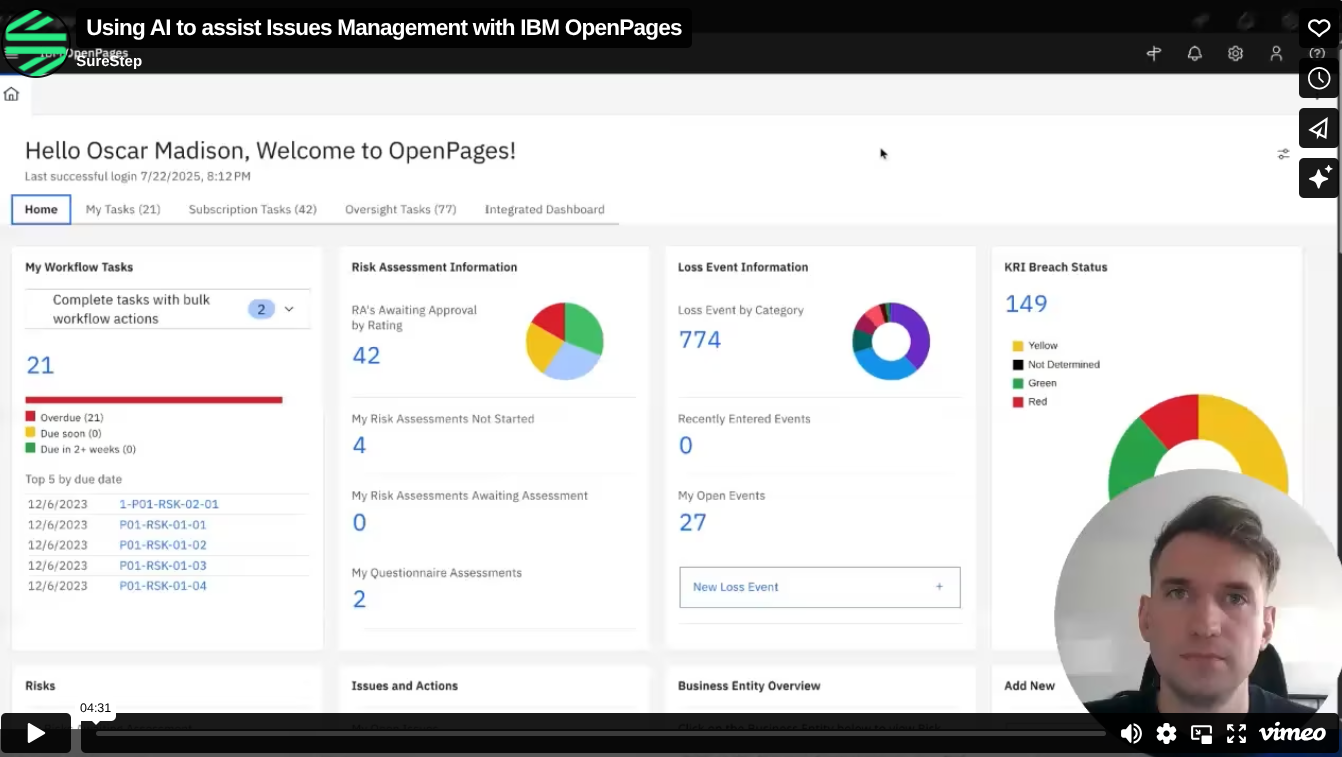







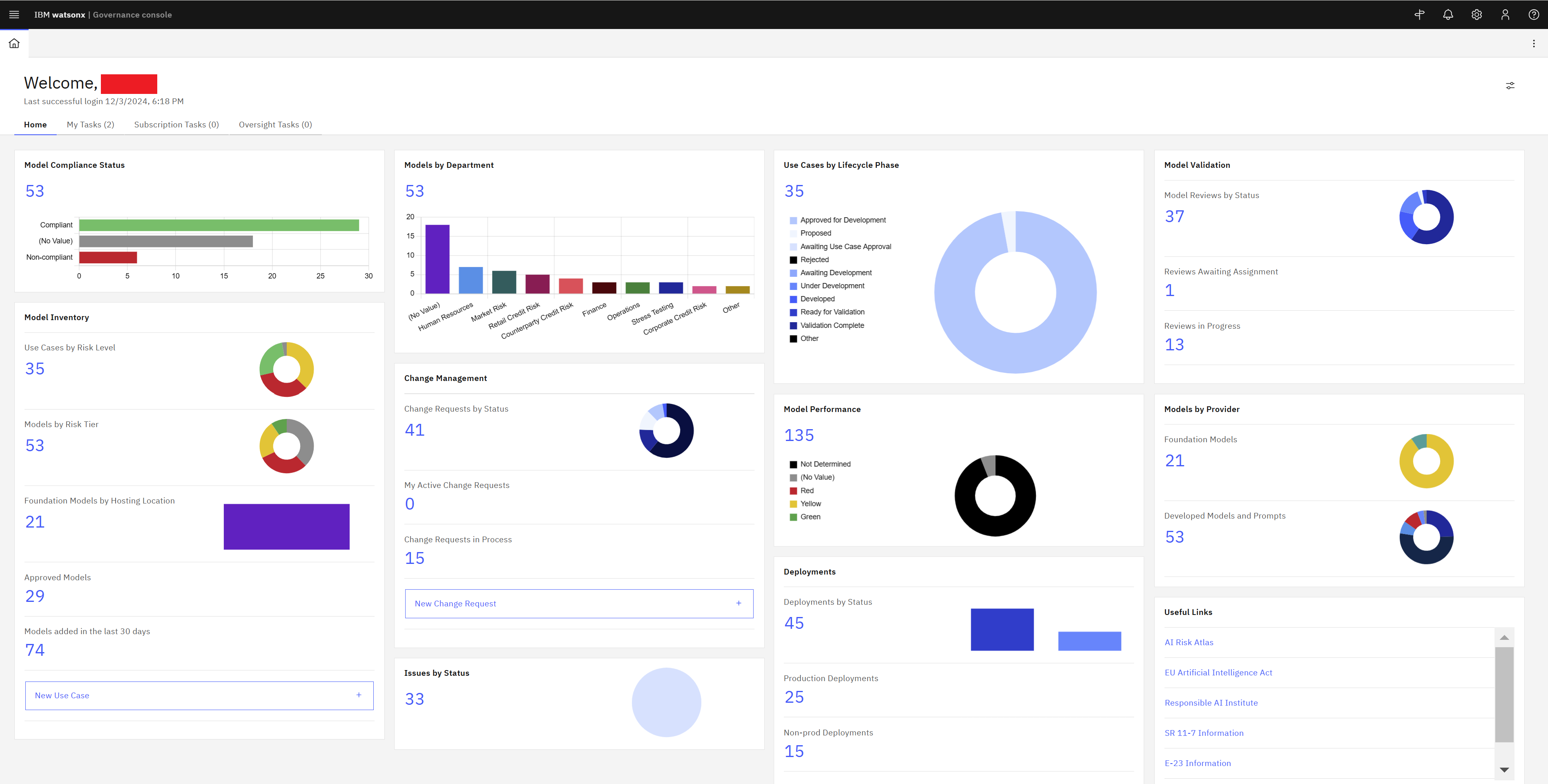

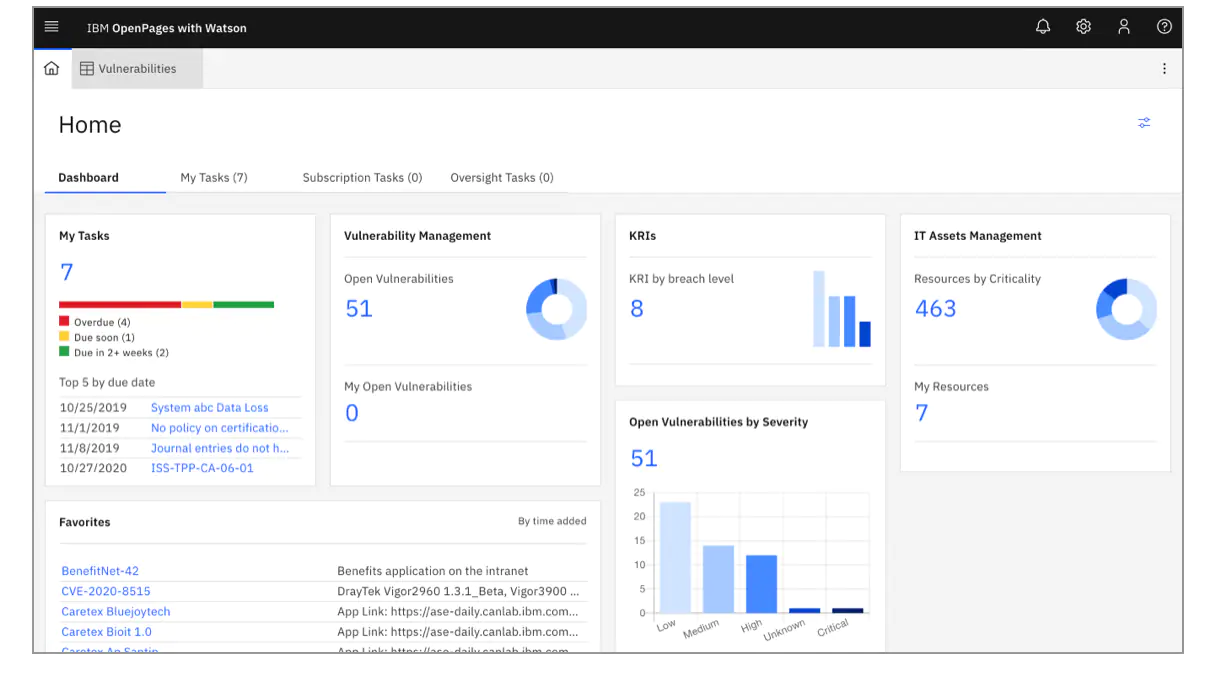
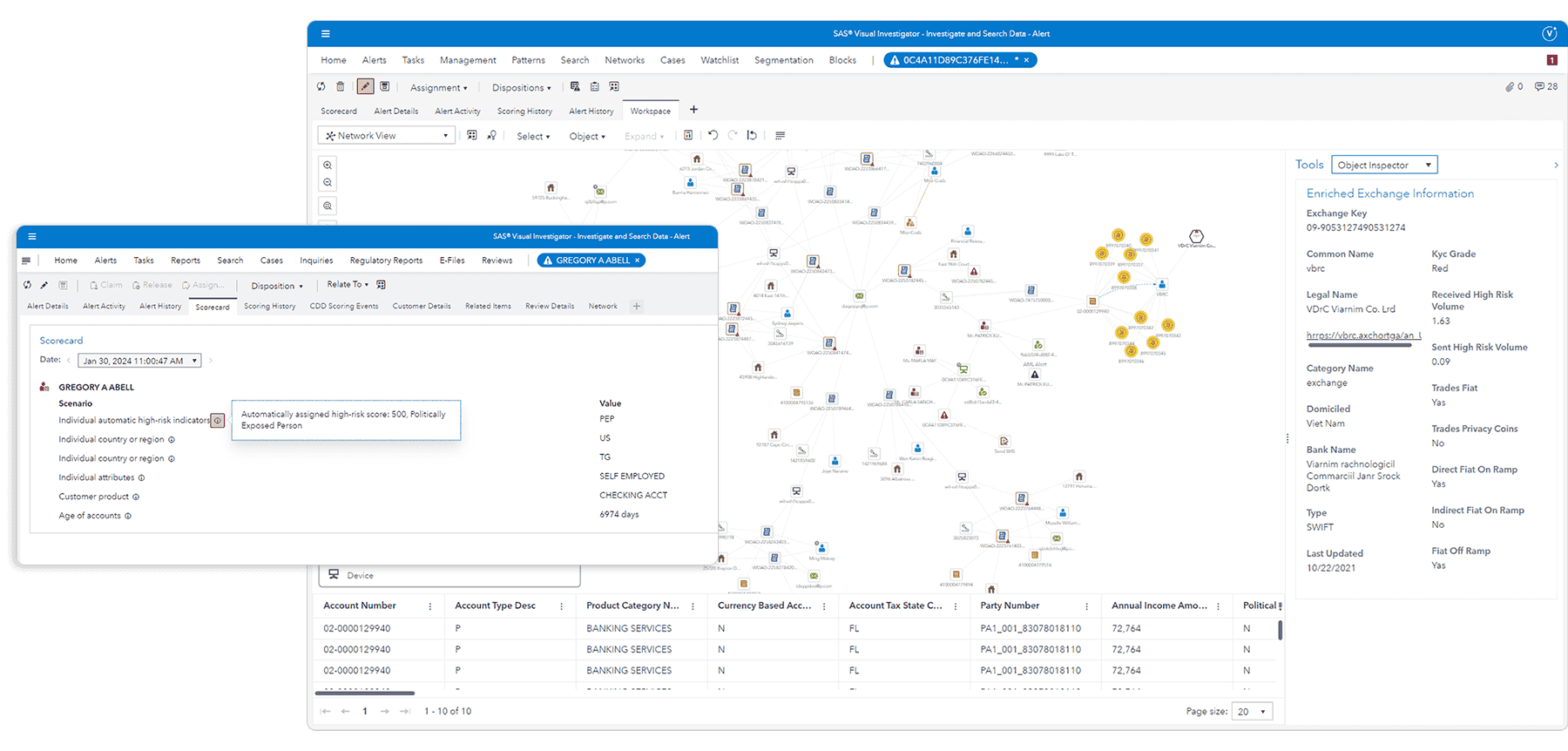
















.webp)

-1.jpg)










.jpg)



























.jpeg)







